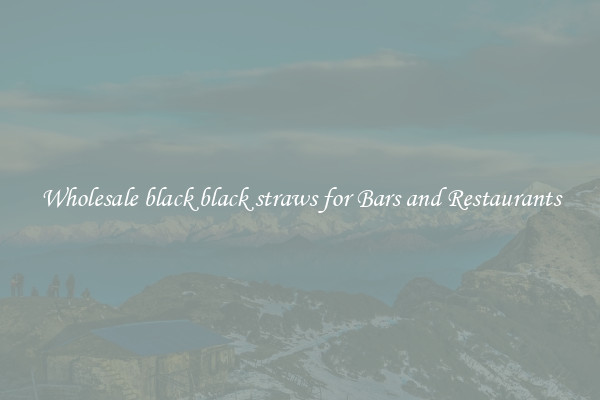Strong, Durable and Reusable sterilization female
Strong, Durable, and Reusable Sterilization: The Future of Female Health

In the fast-paced and ever-evolving world we live in, it is imperative that healthcare practices and technologies keep up. One area where this is particularly important is in female sterilization methods. Currently, traditional methods such as tubal ligation or hysteroscopy can be effective but come with certain drawbacks – they are often irreversible, involve invasive procedures, and can be costly. That is why there is a growing need for strong, durable, and reusable sterilization methods that offer women more freedom and control over their reproductive choices.
One innovative option that holds promise is the development of strong and durable sterilization devices. These devices would be made from high-quality materials that can withstand the rigors of everyday life while maintaining their functionality. By having a long-lasting and reliable sterilization method, women can feel confident in their reproductive choices without the worry of potential failures or complications. This durability not only ensures the effectiveness of the method but also reduces the need for repeated procedures, thus saving healthcare resources.
Another essential aspect is the reusability of these sterilization devices. By incorporating reusable components, the environmental impact can be significantly reduced. Disposable contraceptives such as condoms and hormonal birth control pills produce substantial amounts of waste. Reusable sterilization devices can help to mitigate this issue by providing a more sustainable long-term solution without compromising safety and efficacy.
The advent of strong, durable, and reusable sterilization methods would also offer women greater flexibility in their family planning choices. Currently, many female sterilization methods are permanent, leaving women with no option to reverse the procedure if their circumstances change. With a reversible sterilization method, women can choose to have the device removed when they desire to have children or if they decide to explore alternate options such as in-vitro fertilization. This increased flexibility is empowering and allows women to take greater control over their reproductive journey.
Furthermore, strong, durable, and reusable sterilization methods can help address disparities in access to reproductive healthcare. Traditional sterilization methods are often expensive and may not be covered by insurance, limiting accessibility for many women. By developing cost-effective sterilization devices that can be reused, more women will have access to this highly effective form of contraception, regardless of their financial situation or geographical location.
In conclusion, the development of strong, durable, and reusable sterilization methods for females has the potential to revolutionize reproductive healthcare. Not only do these devices offer increased effectiveness and flexibility, but they also address environmental concerns and expand access to this crucial form of contraception. By investing in innovative solutions, we can ensure that women have access to the tools they need to make informed decisions about their reproductive health, ultimately leading to healthier and more empowered communities.

View details

View details

View details

View details








